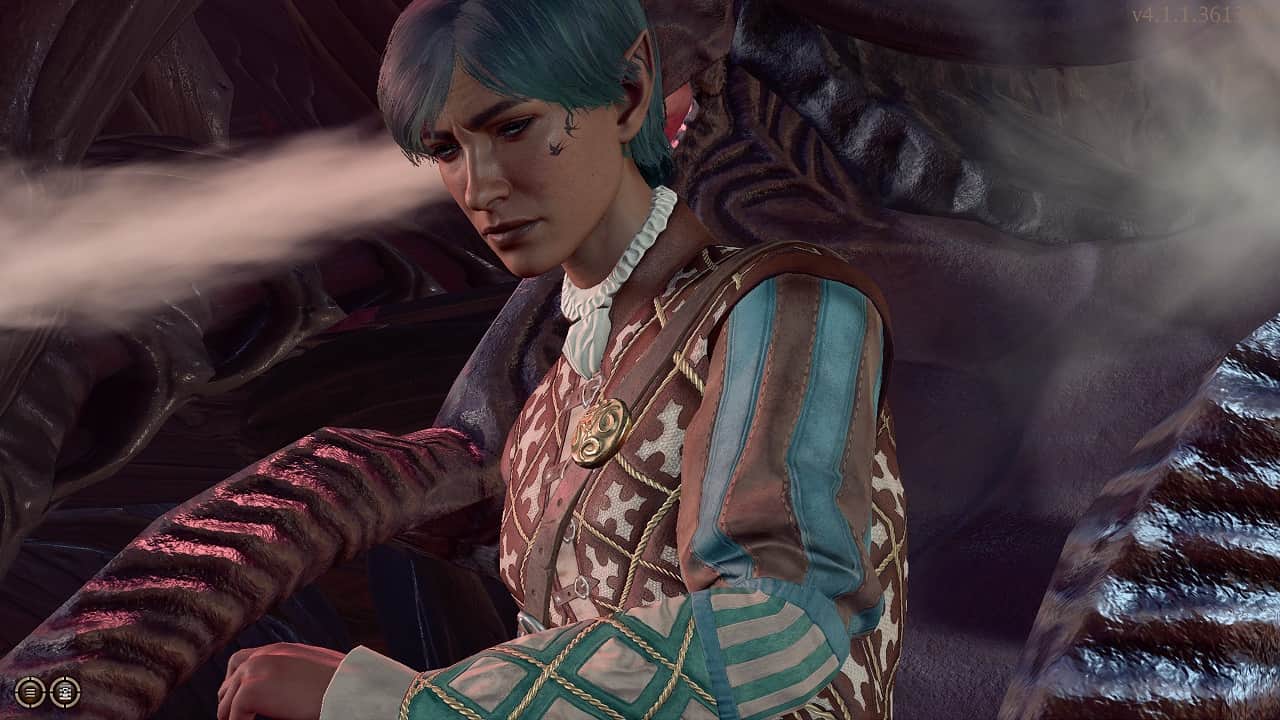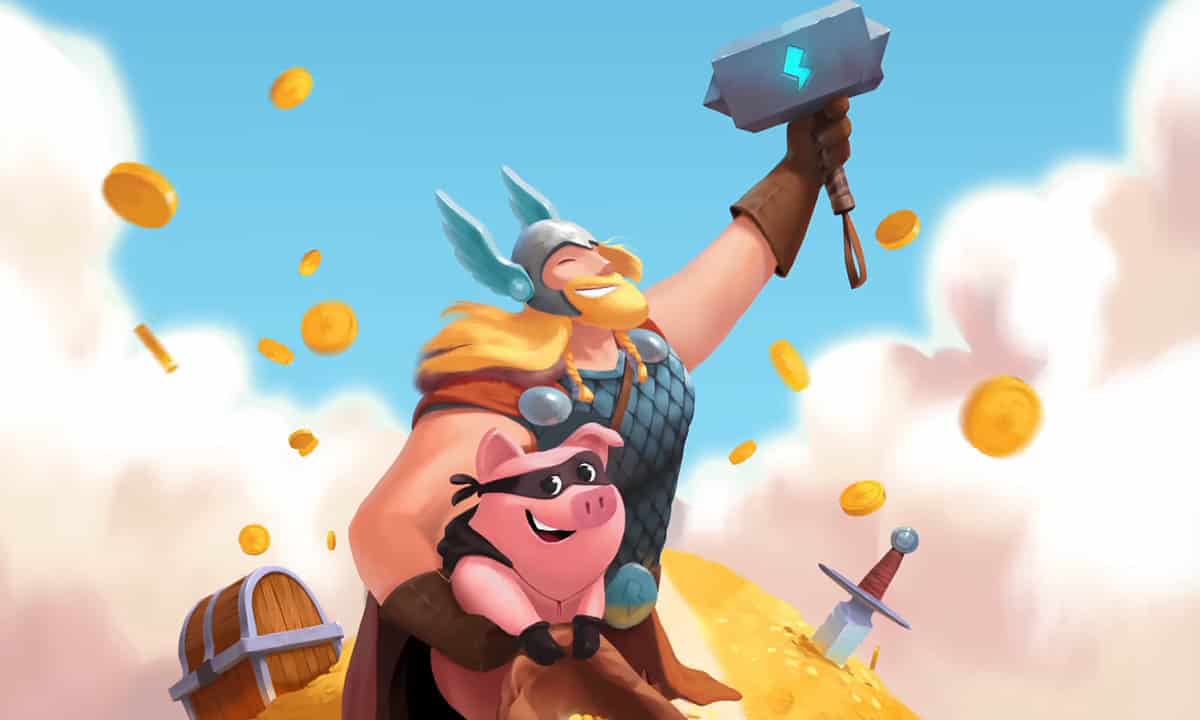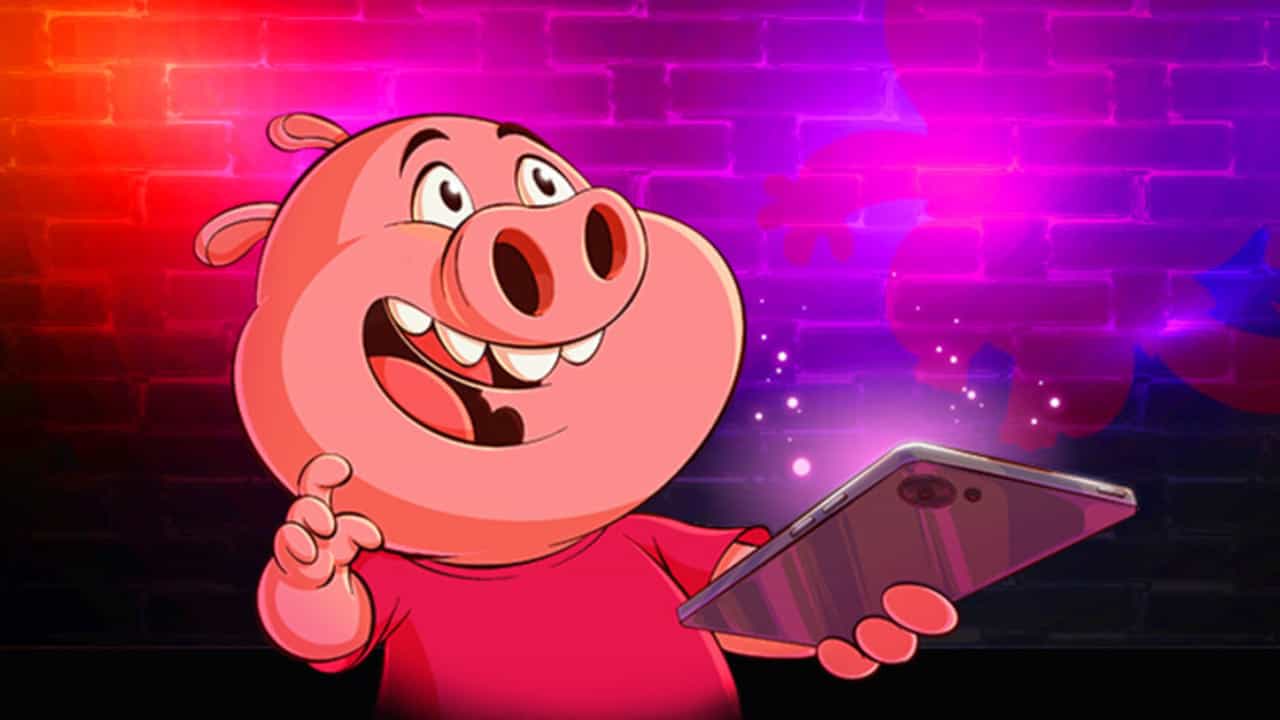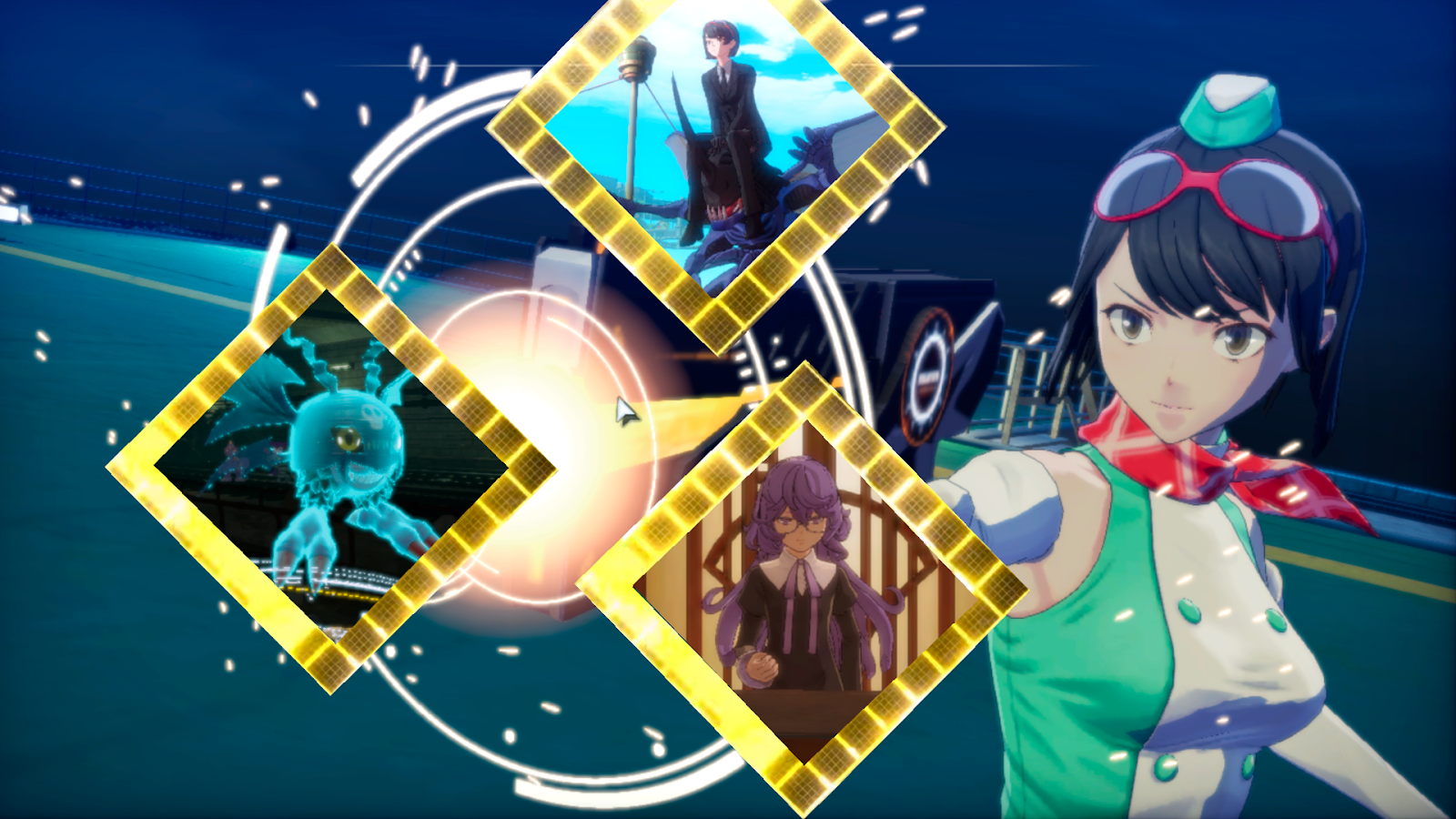You can trust VideoGamer. Our team of gaming experts spend hours testing and reviewing the latest games, to ensure you're reading the most comprehensive guide possible. Rest assured, all imagery and advice is unique and original. Check out how we test and review games here
Looking for a Baldur’s Gate 3 Bard build guide? The Bard is one of the best classes in Baldur’s Gate 3 thanks to the sheer versatility it offers. Win people over with your charm and best monsters with your support abilities. And if that doesn’t work, the Bard can be a threat in combat directly too.
If you’re just setting foot into the D&D Forgotten Realms game, check out our detailed Baldur’s Gate 3 classes guide. And if creating your character is overwhelming you, read up beforehand with our Baldur’s Gate 3 character creation guide. With that out of the way, read on to learn how to use the Bard effectively across the world of Faerun.
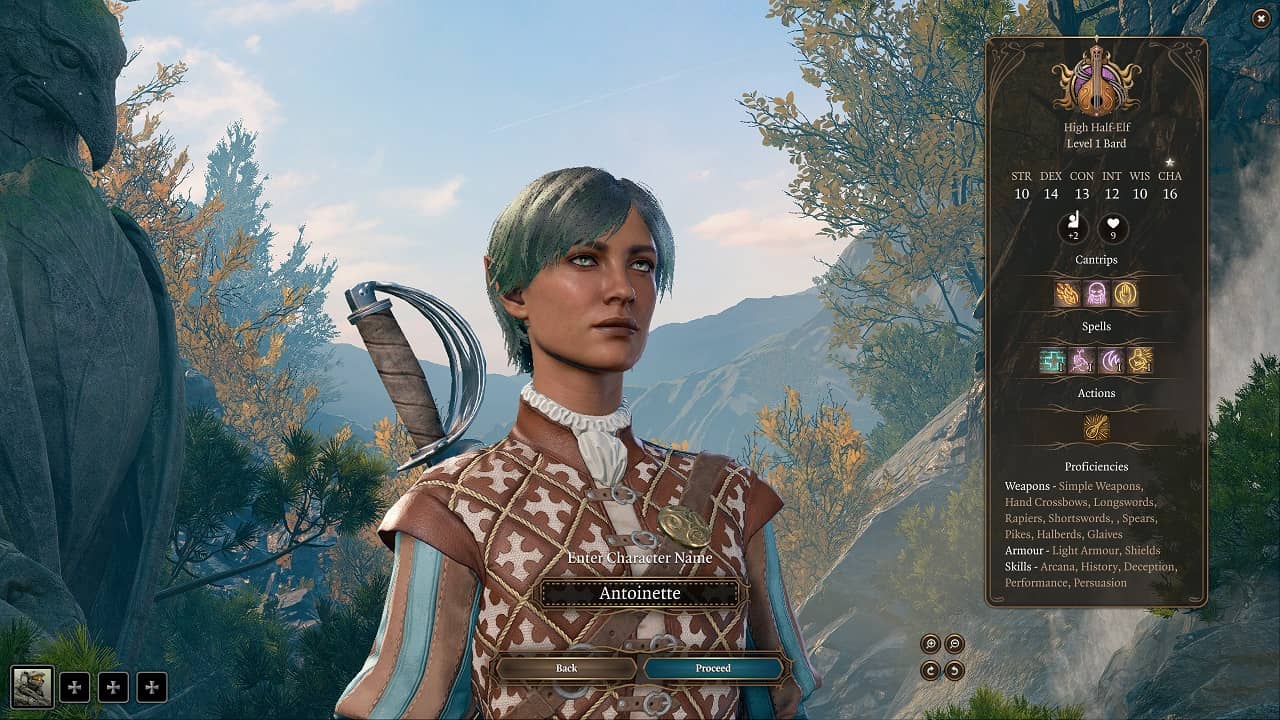
Best Baldur’s Gate 3 Bard Build – College of Swords
Bards sit in an interesting position in Baldur’s Gate 3. While some may not be a fan of their low health, the right subclass can let them actively participate in combat. And outside of combat, their high Charisma stat means that they should do all the talking. This applies to Deception, Intimidation, Performance, and Persuasion. These skill checks can be handled with ease, especially in conversations. We’ve opted for a College of Swords build as we want to be effective in combat as well as dialogue.
Bards are also great at support thanks to Bardic Inspiration. This class feature lets you buff an ally’s attack roll, ability check, or saving throw.
BG3 Bard proficiencies
Here are the proficiencies available to the Bard class in Baldur’s Gate 3:
- Dexterity Saving Throw Proficiency
- Charisma Saving Throw Proficiency
- Light Armor Proficiency
- Simple Weapon Proficiency
- Hand Crossbow Proficiency
- Longsword Proficiency
- Rapier Proficiency
- Shortsword Proficiency
- Musical Instrument Proficiency
Baldur’s Gate 3 Bard Features
And here are the class features that define a Bard in Baldur’s Gate 3:
- Starting Instrument – Pick from a Hand Drum, Flute, Lute, Lyre, or Violin. This just changes the music and animations that play while casting spells. You can also perform of your own free will. It’s a great way to make fights more theatrical.
- Bardic Inspiration – You have three charges that enhance an attack roll, ability check, or saving throw. It can also be used to perform additional subclass actions.
Best race for a Bard
While most races are a good fit for a Bard in Baldur’s Gate 3, the Asmodeus Tiefling and Drow are the best picks. The Asmodeus Tiefling offers nice perks like Hellish Resistance, Hellish Rebuke to damage attackers, and Darkness to shape the battlefield. I picked a High Half-Elf as I wanted a bonus cantrip in addition to the Fey Ancestry and Darkvision that the Drow offered.
Best Background for a Bard
We recommend the Entertainer background for a Bard in Baldur’s Gate 3. This is because the Acrobatics and Performance proficiency are a nice touch. Their Inspiration goals (succeed to get dice rerolls) also align with what a Bard is expected to do. I picked a Sage because I wanted proficiency in Arcana and History to balance my offensive build. Here are our top 3 options:
- Entertainer – Proficiency in Acrobatics and Performance.
- Guild Artisan – Proficiency in Insight and Persuasion.
- Soldier – Proficiency in Athletics and Intimidation.
Best Bard Ability Score
Here’s the ability score distribution we recommend for new players to pick as a Bard in Baldur’s Gate 3:
| Ability | Value |
| Strength | 8 |
| Dexterity | 15 |
| Constitution | 13 |
| Intelligence | 12 |
| Wisdom | 10 |
| Charisma | 17 |
Raising Charisma should be your top priority as a Bard. The rest can go into Constitution to raise your health. Dexterity is also important since you’ll need it for initiative, armour class, and attack rolls.
Best Feats for a Bard
Here are the best feats you can pick as a Bard in Baldur’s Gate 3:
- Ability Improvement: You gain two points that can be allocated to an ability. Raise your Charisma and Dexterity to improve your odds on those ability checks.
- Magic Initiate: Warlock: Getting a spell slot, two cantrips, and a level 1 spell are solid boosts. This grants your Bard some offensive options thanks to Eldritch Blast and Hex.
- Lucky: You can spend one of the three extra Luck points to roll a d20 when using an attack roll, ability check, or a saving throw. Winning a roll thanks to a Luck point feels incredible.
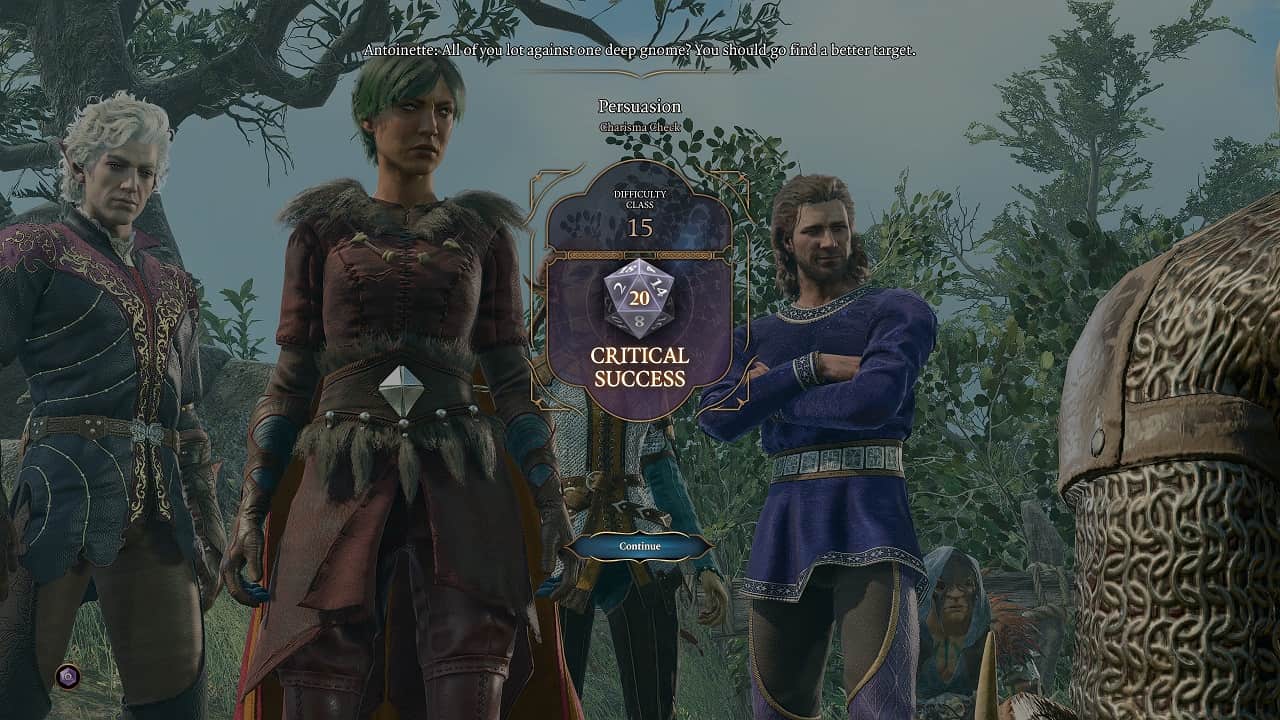
Best Baldur’s Gate 3 Bard Subclass
We recommend the College of Swords Bard as the best Bard subclass in Baldur’s Gate 3. Being able to attack two enemies at once, push them back, or gain a defensive bonus after attacking are sweet perks. You also get access to an Extra Attack later on.
Here are the Bard subclasses you can pick from in Baldur’s Gate 3:
- College of Valour – This subclass is focused on martial arts. You gain proficiency in Medium Armour, Shield, and Martial Weapons. Consider a College of Valor Bard if you want to play more defensively as you support your party. But I’d still suggest the College of Swords if you want to get hands-on with melee fights.
- College of Lore – This option cements the Bard as a supporting character who excels in skill checks. Gain proficiency in Arcana, Intimidation, and Sleight of Hand. You also have access to Cutting Words (1d6 penalty to enemy Attack Rolls and Ability Checks). A College of Lore bard is a good pick if you want to double down on assisting the rest of your party.
- College of Swords – This one’s for the Bard who wants to create stories before singing them. While you’re still squishy in combat, you’re a bigger threat to enemies with proficiency in Medium Armour and the Scimitar. You can pick between the Dueling and Two-Weapon Fighting Styles, each with unique attacks. You also get attacks like the Slashing Flourish, Defensive Flourish, and Mobile Flourish.
Best Bard equipment
Here are the best equipment options for a Bard in Baldur’s Gate 3:
- Mantle of the Holy Warrior – Can cast Crusader’s Mantle (Level 3 Evocation Spell. Nearby allies do extra radiant damage on attacks) once per Long Rest.
- Helldusk Armour – You are considered Proficient with this armour while wearing it. When you succeed a Saving Throw, the caster receives Burning for 3 turns. You have Resistance to Fire damage and cannot be Burned. You take 3 less damage from all sources.
- Boots of Brilliance: Once per Long Rest you can use your Action to play your instrument and restore one of your Bardic Inspiration charges.
- Orphic Ring: Provides Confusion (Level 5 Enchantment Spell. Befuddle a group of creatures, causing them to attack at random, wander around aimlessly, and occasionally skip turns in the stupor.)
- Devotee’s Mace: Once per Long Rest, Emanate a soothing aura. You and nearby allies regain 1-4 hit points at the start of your turn.
As a Bard, you have Light Armour proficiency. So try wearing one with an added bonus like a +1 to Stealth checks. The College of Swords Bard and College of Valor Bard have access to Medium Armour. Try using items that grant temporary hit points like the Boots of Aid and Comfort. As for combat, expect crossbows to be your main weapon of choice. And if enemies get close, you can use a shortsword. The Cap of Curing is a must-have for any Bard. This item lets you heal with Bardic Inspiration for +1d6 HP. It’s found in a gilded chest next to Alfira in the Druid Grove. She’s the Tiefling Bard that sings.
This is where picking the College of Swords will help. You can use a Scimitar to be a real threat. Try keeping potions handy too. While healing ones are important, coating your weapon in poison or tossing an explosive can mean the difference between victory and defeat.
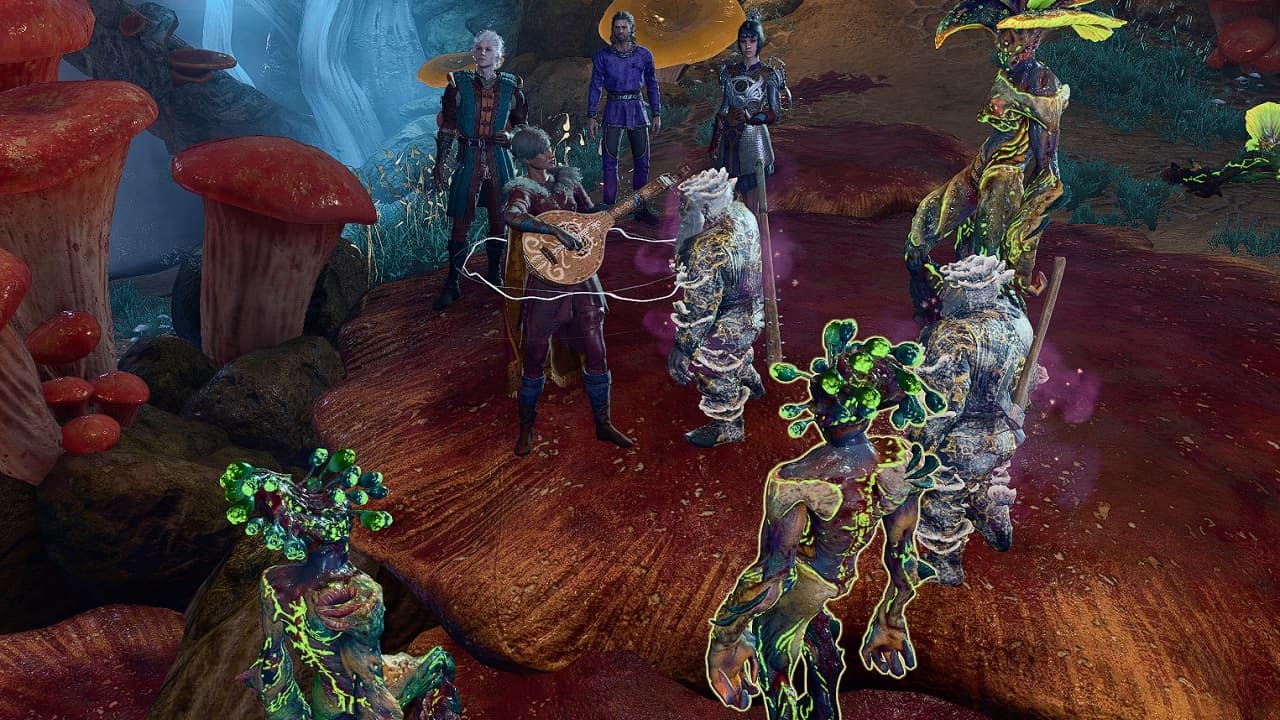
Best Baldur’s Gate 3 Bard Build explained
Level 1-4
While the Bard’s spells aren’t as incredible as a Warlock or Wizard, they have a decent set of magic to pick from, right at level 1. These can be categorized into cantrips and spells. The latter require spell slots of a particular level to use them. Here are the best cantrips for the Bard in Baldur’s Gate 3:
- Vicious Mockery – Deals psychic damage and imposes a disadvantage on the enemy’s next attack roll. Great to stop heavy damage enemies.
- Dancing Lights – Creates wisps of light to illuminate an area. If you’re struggling to hit enemies in the dark, consider using this cantrip.
- Blade Ward – Get this at level 4. Protects your allies from most physical attacks that deal Bludgeoning, Piercing, and Slashing damage.
Here are the best level 1 spells for the Bard in Baldur’s Gate 3:
- Healing Word – Having a healing spell as a bonus action is great. Can be cast at range too.
- Heroism – Prevents your ally from being frightened and gives +5 temporary HP each turn. It’s a solid defensive spell.
- Thunderwave – Deal thunder damage and push away all targets in a cone. Perfect for pushing enemies off high areas.
Tasha’s Hideous Laughter and Dissonant Whispers are also good options. Level 2 grants you Jack of All Trades (adds half your proficiency bonus to all other ability checks) and Song of Rest (heals as if a Short Rest happened). The latter is great for restoring Warlock spell slots and Fighter Superiority Die. At level 3, you pick your subclass and level 2 spells. Level 4 lets you get another cantrip and level 2 spell slot. You can also pick a Feat here. Here are the best level 2 spells for the Bard in Baldur’s Gate 3:
- Shatter – Deals thunder damage in a small radius; on a save, the targets still take half the damage. Solid damage dealer.
- Phantasmal Force – Deals psychic damage and additional damage per turn. The element/type changes depending on what damaged the enemy before casting the spell.
Level 5-8
Level 5 grants you Font of Inspiration (restores Bardic Inspiration during short rests and a long rest) and Improved Bardic Inspiration (now a d8). This is when you’ll get access to level 3 spells. This is the level 3 spell we recommend for a Bard in Baldur’s Gate 3:
- Hypnotic Pattern – Hypnotizes all creatures in an area. It’s a solid crowd-control option. Only an attack or help from an ally can stir them.
- Glyph of Warding – Inscribe a circle of arcane glyphs on the ground that triggers a magical effect when stepped on by an enemy. It’s versatile thanks to options like Sleep, Detonation, Fire, Thunder, and Cold.
At level 6, the Bard gets an Extra Attack, Countercharm, and a spell. I recommend Stinking Cloud, a cloud of gas that is so nauseating that it prevents creatures from taking action. This spell is in a massive 8m radius and creates a cloud that constantly makes Dex checks to see if enemies cannot use actions.
And at level 7, you get level 4 spells. Keep the crowd control plan going with Confusion. Befuddle a group of creatures, causing them to attack at random, wander around aimlessly, and occasionally skip turns in the stupor. At level 8, you get another feat and a spell slot. Consider a utility skill like Dimension Door. Teleport yourself and up to 1 adjacent ally to a place you can see. The ally cannot be larger than medium.
Ensure that a party member always has defensive and evasive spells
You might need to make a quick getaway or protect yourself from powerful foes. So even if your character doesn’t have a way out, ensure that a party member has one.
Level 9-12
At level 9, you get to pick a level 5 spell. If you’re working on supporting your allies, the best option here is Mass Cure Wounds. Up to 6 creatures regain 3d8+Spell Ability modifier amount of HP.
Once you hit level 10, you get a cantrip, one spell, and two class features. Improved Bardic Inspiration changes to a d10 die while Magical Secrets lets you access more spells. Skill Expertise lets you improve two skills even further. Here are the spells that are good picks for a College of Swords Bard at level 10 in BG3:
- Minor Illusion – Create an illusion that compels nearby creatures to investigate.
- Seeming – Disguise up to 4 members of your adventuring party.
- Conjure Elemental – Bend the barrier between the Planes until they disgorge an elemental ally to follow and fight for you.
- Blight – 9m range, dealing 8d8 necrotic damage.
At level 11, you finally get level 6 spells. But the ones a Bard has access to aren’t great. Consider multiclassing into the Fighter for Action Surge. You also get access to the Protection Fighting Style. Here’s what it offers:
- When a creature you can see attacks a target other than you that is within 5 feet of you, you can use your reaction to impose a disadvantage on the attack roll. You must be wielding a shield.
At level 12, you get access to one last feat. Ability Improvement with a +2 Charisma is a good option.
Best Illithid powers for a Bard in BG3
If you choose to use these powers, here are the best ones for a Bard:
- Charm – Will prevent an enemy from attacking you until their next turn. This lets you protect your party as you figure out a strategy.
- Shield of Thralls – As a class with low health, a temporary hit point bonus is always welcome. And considering that this shield explodes when depleted, it’s a good offensive pick too.
- Freecast – Being able to cast a spell for free is a great boon, especially at higher levels.
That covers everything you need to know about the best Bard build in Baldur’s Gate 3. If you’re looking for a battlefield wrecker, consider this Baldur’s Gate 3 Barbarian build guide. And if spells are more your fancy, here’s our Baldur’s Gate 3 Sorcerer build guide. The Bard can do more than sing about adventures. They can lead one with the right skills. The game is out now for PC, PlayStation 5, and Xbox Series X|S.
Baldur’s Gate 3 Bard build FAQs
What makes Bard strong?
The Bard in Baldur’s Gate 3 excels at support and has a flexible skillset for any situation.
Do bards need Wisdom or Charisma?
Bards in Baldur’s Gate 3 need Charisma as it is their main stat.
Baldur’s Gate 3
- Platform(s): macOS, PC, PlayStation 5, Xbox Series S, Xbox Series S/X, Xbox Series X
- Genre(s): Adventure, RPG, Strategy
